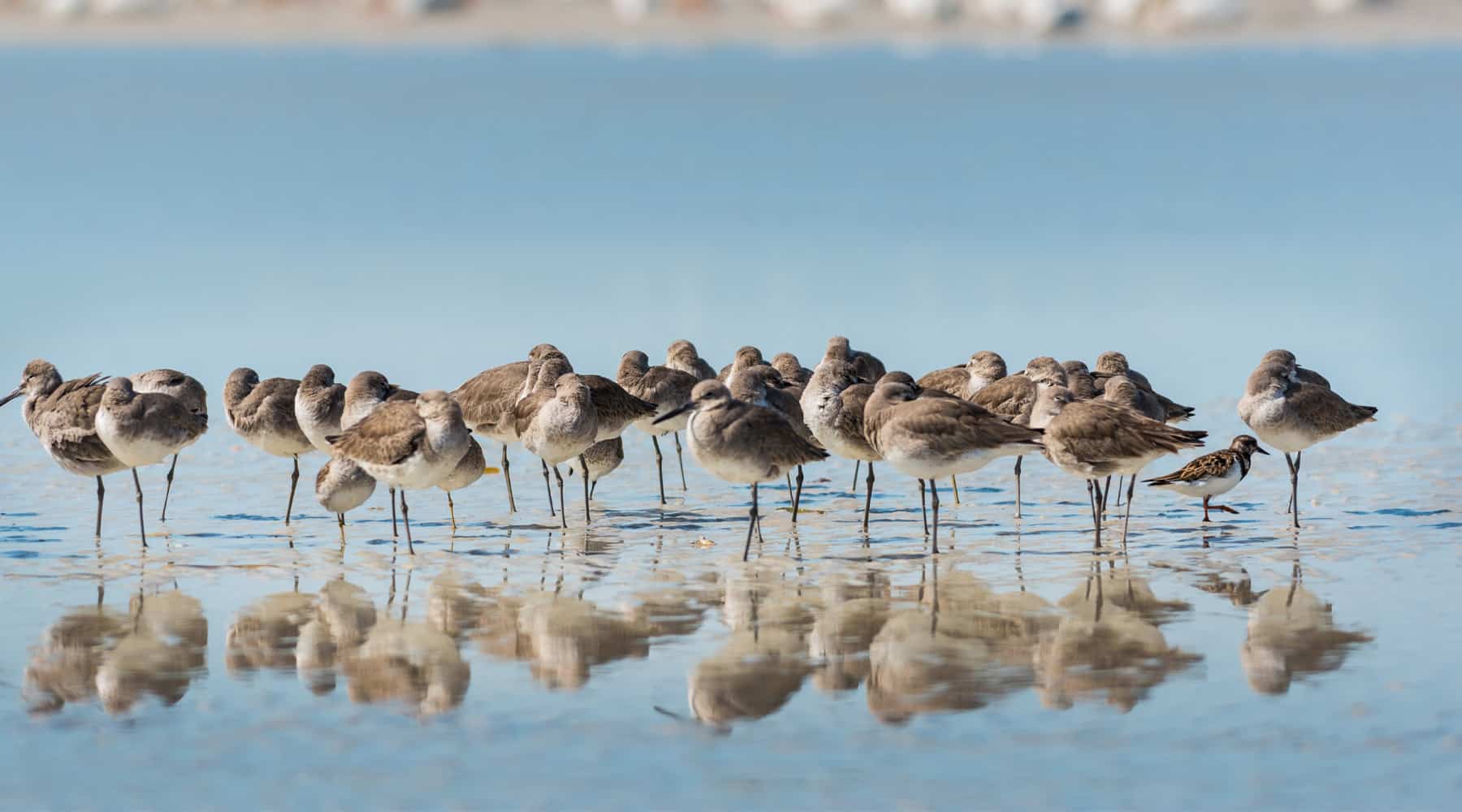Are you an animal lover? Of course, traveling can be one of the primary ways of learning about wildlife around the world. For those whose hearts beat faster at the sight of furry friends and exotic creatures, these six extraordinary destinations offer unforgettable encounters with animals in their natural or protected habitats. From cuddling foxes to swimming with pigs, these bucket-list worthy locations prove that the best travel experiences often come with four legs, fur, or fins
Zao Fox Village, Japan
Tucked away in the misty mountains of Miyagi Prefecture, Zao Fox Village stands as a testament to Japan’s unique relationship with wildlife. This enchanting sanctuary houses over 100 free-roaming foxes, representing six different species, all living harmoniously in a natural environment. The village’s elevation provides a spectacular setting, especially during winter when the foxes’ thick fur contrasts beautifully against the snow-covered landscape.
Visitors can observe these mysterious creatures throughout the day, but early morning visits offer the best chances to see them at their most active. While direct interaction is limited for the animals’ safety, the photography opportunities are endless. The village also features a small petting zoo area where visitors can feed the foxes through guided experiences, making it an educational destination for wildlife enthusiasts of all ages.
Pig Beach, the Bahamas
In the crystalline waters of the Exumas lies one of nature’s most surprising spectacles – a paradise where wild pigs reign supreme. These famous swimming pigs have become social media sensations, but nothing compares to experiencing their playful nature in person. The clear, turquoise waters provide the perfect backdrop for unforgettable encounters with these charismatic creatures.
The best time to visit is during early morning hours when the pigs are most energetic and eager to greet visitors. Local guides share fascinating stories about how these pigs came to inhabit the island, though their true origin remains shrouded in mystery. Visitors can swim alongside these friendly animals and even feed them under proper guidance, creating memories that last a lifetime.
Emas National Park, Brazil
Spanning across Brazil’s central plateau, Emas National Park is a testament to South America’s incredible biodiversity. This UNESCO World Heritage site offers wildlife enthusiasts unprecedented opportunities to observe rare species in their natural habitat. The park’s vast grasslands and scattered forests create perfect viewing conditions for spotting elusive creatures like the maned wolf, giant anteater, and even the occasional jaguar.
The park’s ecosystem truly comes alive during the dry season when animals gather around remaining water sources. Night tours reveal an entirely different aspect of the park’s wildlife, with many nocturnal creatures emerging from their daytime hideouts. The park also features remarkable natural phenomena, including termite mounds that glow in the dark due to bioluminescent larvae.
Sita Ram ji Temple, India
This ancient temple complex in India serves as both a spiritual sanctuary and a haven for thousands of macaque monkeys. Considered sacred by Hindu devotees, these primates have free reign over the temple grounds, creating a unique environment where wildlife and worship coexist harmoniously. The temple’s architecture provides a stunning backdrop for observing these intelligent creatures as they go about their daily routines.
Visitors can participate in supervised feeding sessions, offering fruits and approved foods to the monkeys while learning about their significance in Hindu mythology. The best viewing experiences occur during the cooler morning hours or late afternoon when the monkeys are most active. Remember to secure personal belongings, as these clever creatures have become quite adept at identifying interesting objects!
Hyde Park, England
In the heart of one of the world’s busiest cities lies an unexpected wildlife sanctuary. Hyde Park’s 350 acres serve as a crucial habitat for countless urban wildlife species. The park’s famous Serpentine lake attracts diverse waterfowl, including the park’s iconic swans, while its ancient trees harbor a thriving population of friendly squirrels and numerous bird species.
Early morning visitors might catch glimpses of foxes and hedgehogs before they retreat for the day, while afternoon visitors can enjoy the spectacle of pelicans being fed at the lake. The park’s careful balance of manicured gardens and wild spaces creates perfect viewing opportunities year-round, making it an accessible wildlife-watching destination for city dwellers and tourists alike.
Kangaroo Island, Australia
Off the coast of South Australia, Kangaroo Island stands as a wildlife sanctuary of unprecedented diversity. This natural wonder serves as home to native Australian wildlife, offering visitors chance encounters with kangaroos, wallabies, and koalas in their natural habitat. The island’s varied ecosystems, from coastal cliffs to eucalyptus forests, support an incredible array of species.
Seal Bay Conservation Park, located on the island, provides one of the few places in the world where visitors can walk among wild Australian sea lions. The island’s western end houses remarkable rock formations where New Zealand fur seals can be observed, while the interior offers sanctuaries where rescued koalas and other native species thrive. Dawn and dusk provide prime viewing opportunities when the island’s nocturnal residents begin their daily transitions.































